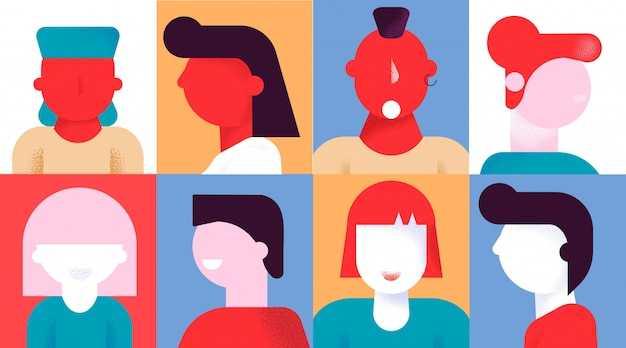Emotional contagion
Our emotions can be easily transferred to another person without us even knowing about this. This can also happen through large-scale social networks without in-person interactions or nonverbal cues. Our negative emotions such as anger are transferred more easily than positive ones.
What you can do: Be aware when your partner or colleague “makes” you angry. You may not actually be angry with them, but instead, mistaking their anger for yours when your brain reflects their feeling states.
284
677 reads
CURATED FROM
Brain science to improve your relationships - Harvard Health Blog
health.harvard.edu
4 ideas
·3.05K reads
IDEAS CURATED BY
Problem solver. Award-winning reader. Devoted food geek. Certified travel evangelist. Incurable explorer.
The idea is part of this collection:
Learn more about personaldevelopment with this collection
Ways to improve productivity
Strategies for reducing stress
Tips for managing email overload
Related collections
Similar ideas to Emotional contagion
Identifying Toxic People: Emotions To Look For
- Extreme emotions are signs of possible trouble: extreme charm, extreme love, extreme anger.
- Someone that carefully controls their emotions until they lose it, then they become unrecognizable in their lack of control.
- Other emotions...
Emotional Contagion: Emotions Are Contagious
Emotional contagion is a phenomenon that occurs when a person or groups emotions and behaviours affect the emotions and behaviours of some other person or group. This can be negative or positive.
We often mimic or imitate the emotional expressions (smiles and frowns) of ot...
Feel and express your emotions
Until we fully release our emotions, they continue to affect our present mindset.
- Do anger work. Allow yourself to be fully disappointed, sad or depressed. Talk about it.
- Write a letter. Purging emotions out on paper give them a place to live outside of yourself.
Read & Learn
20x Faster
without
deepstash
with
deepstash
with
deepstash
Personalized microlearning
—
100+ Learning Journeys
—
Access to 200,000+ ideas
—
Access to the mobile app
—
Unlimited idea saving
—
—
Unlimited history
—
—
Unlimited listening to ideas
—
—
Downloading & offline access
—
—
Supercharge your mind with one idea per day
Enter your email and spend 1 minute every day to learn something new.
I agree to receive email updates
